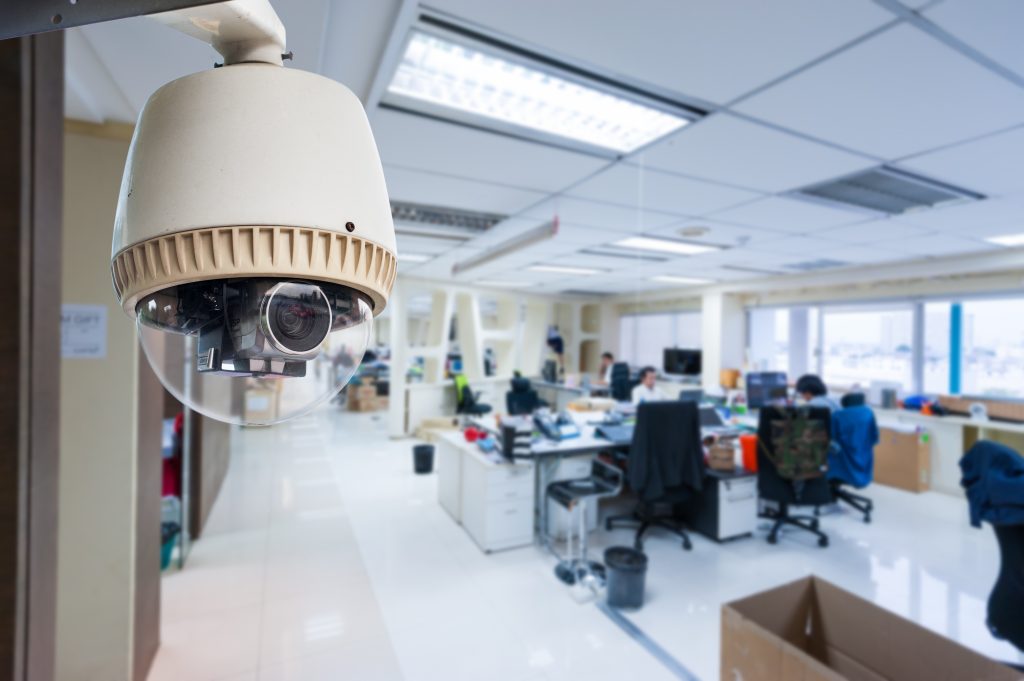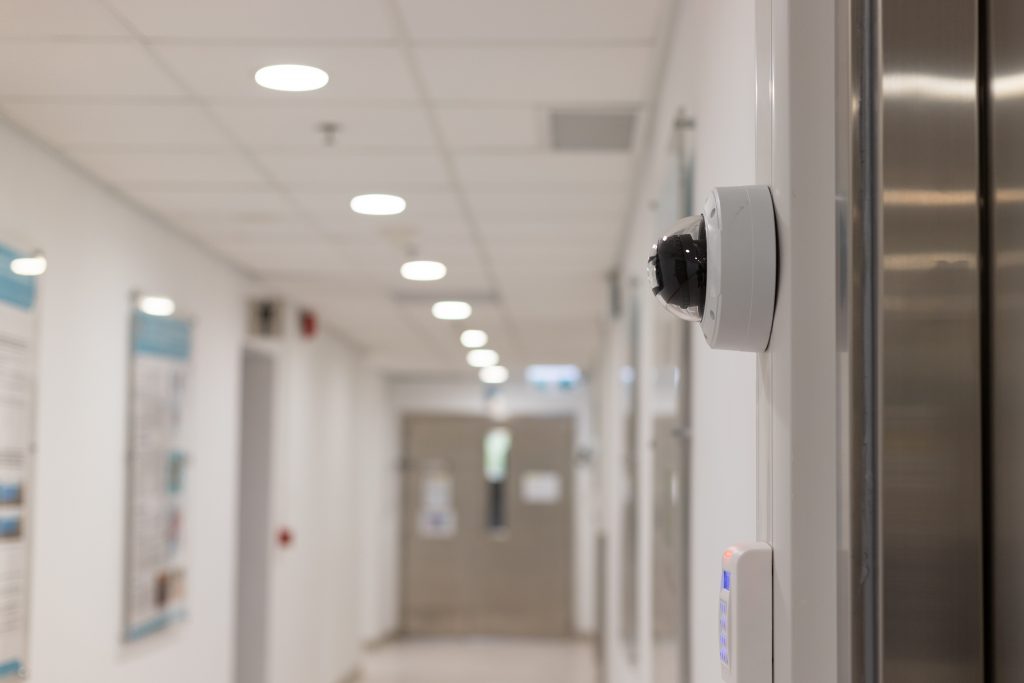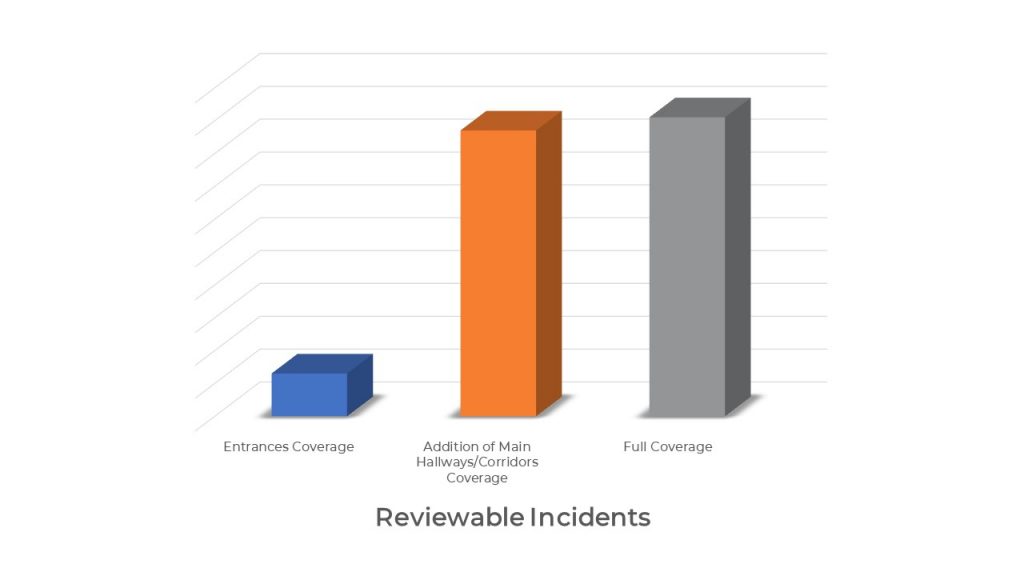HOW TO GET CAMERA COVERAGE RIGHT
Optimal camera coverage is important in creating the right balance between accurate forensic analysis and live situational awareness. Coverages can range from entry and exit points to workspaces and even offices, depending upon the industry and culture of an organization.
Lower levels of camera coverage can be cost-effective and may provide some basic visual information. Increased camera coverage can raise awareness and support administrators in managing incidents efficiently. However, there are limits to the level of increased coverage, beyond which, it may become cost-prohibitive and less efficient.

So how to ensure optimal deployment of cameras? What factors must be looked at when approaching camera coverage strategy?
To fully understand the optimal camera deployment technique, we ran an objective assessment of all positions and constructed an analysis based on risk variables as well as data points collected.
Elements To Consider
We found that it is crucial to consider two major elements before drawing up a coverage strategy. This strategy must consider both factors given below:
-
Risk
The first step is to identify the objective of the camera at a given location and how will it help mitigate the identified risk. Therefore, creating a risk profile helps narrow down the purpose and intent of the camera: common risks that almost every organization can face, such as loitering, theft, traffic, or conflicts; specific risks that are more focused on a particular organization, such as asset theft or unauthorized access to confidential information; what operational and security risks is the organization or location prone to theft, intellectual asset protection, the potential of physical or property violence, etc.
How can a camera deployment mitigate the identified risk?

-
Traffic Movement
Second, it is important to consider the location’s design and structure – pathways, passages, outside perimeters, lobbies, etc. – to determine how the users of the location would travel from one area to another.
The traffic routes are a crucial factor in assessing the optimal placement of cameras so that maximum coverage is achieved with the most efficiently placed surveillance equipment.
Approach
With the help of factoring in the above-mentioned elements, along with the information on types of incidents and existing coverage, we prepared a detailed assessment, inclusive of surveys and interviews. We aimed to discover specifics on the existing surveillance systems, their effectiveness, placements, and locations that had high incident rates.
Lastly, we used heat maps, and incident sampling analysis to explore a certain location’s incident profile and its coverage gaps against that profile.
Findings
The analysis yielded some interesting results. Here is a breakdown of what was found specific to the structure’s coverage.

- Entry & Exit Points
Locations that only cover the entry and exit points are found to be the least effective when it comes to monitoring and reviewing incidents.
As they only cover areas where the people come and leave from, it is difficult to assess their movements across the other parts of the building – mostly places where the actual incident takes place. Such locations take longer to investigate an incident, often leading to inaccurate findings.

- Entry Points, Exit Points & High Traffic Routes
If the camera coverage of the building is expanded to high-traffic routes such as pathways and lobbies, the efficiency of the surveillance system improves massively.
Not only are more locations and their incidents reviewable, but also less time is spent to inquire into an incident that has occurred. The accuracy of these investigations’ results is also much more optimistic. Moreover, deploying cameras in high traffic areas also mitigated incident rates.

- Complete Coverage
Contrary to intuition and general belief, extending coverage to all locations in the building does not improve surveillance performance by much.
While the cost of installing more cameras soars up under this plan, the same cannot be said about the gain in the system’s effectiveness. Hence, it was found that it wasn’t always worthwhile to have coverages everywhere in the building.
- Critical Locations
Since most of the prime locations are usually covered and have little traffic through them, most organizations can perform concentrated inspections of those regions. Thus, coverage in key locations stayed stable. These locations often include data centers, labs, HR, or other critical functional areas.

Concluding Notes
It is important to consider risk factors and traffic movement areas to ensure the optimal deployment of cameras. However, intelligent placement of cameras is more important than placing cameras at all locations. Above mentioned results of our analysis can prove to be helpful in laying the foundation for your camera coverage plan.
About Atriade
Atriade Atriade has worked on over 500+ projects, in 60+ industries, in 30+ countries. If you are ready to get expert assistance in creating your governance plan that will set you apart from your competitors, we are here to help. Our management team carries a lifetime of experience in all areas of Physical Security and Electronic Security that we are ready to put to work for your unique business and team.
Visit us online at Atriade.com
Connect with us on LinkedIn
Subscribe to our LinkedIn Newsletter: Take A Risk
- Categories:
- Blog,
- Video Surveillance
